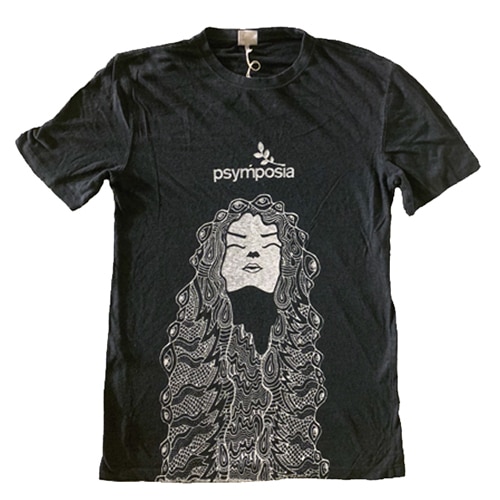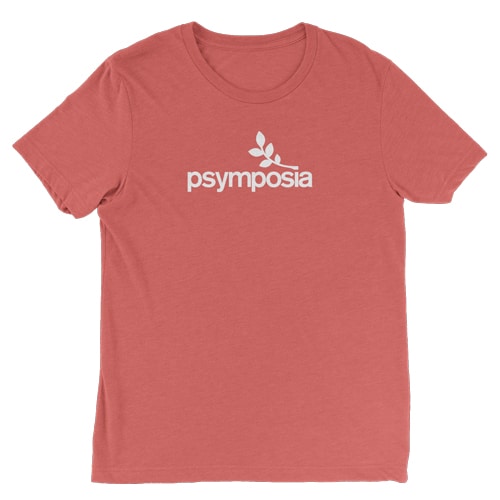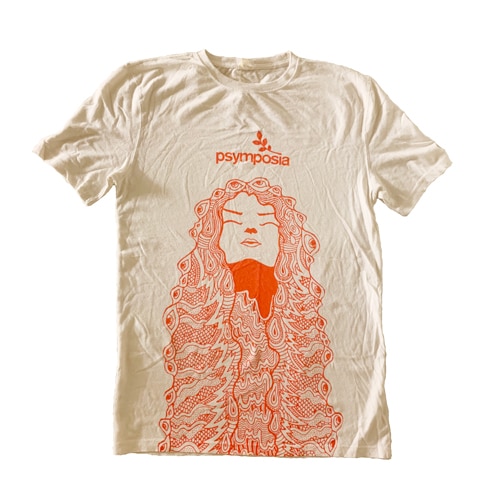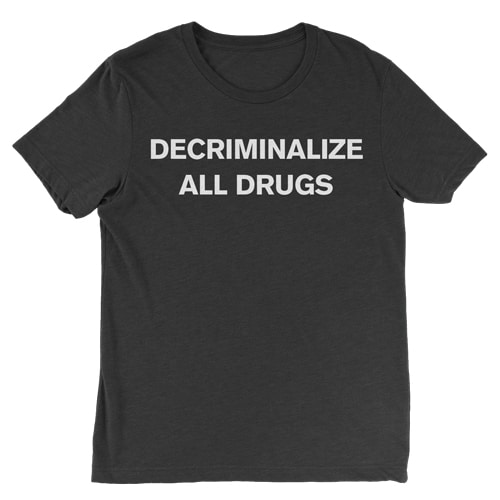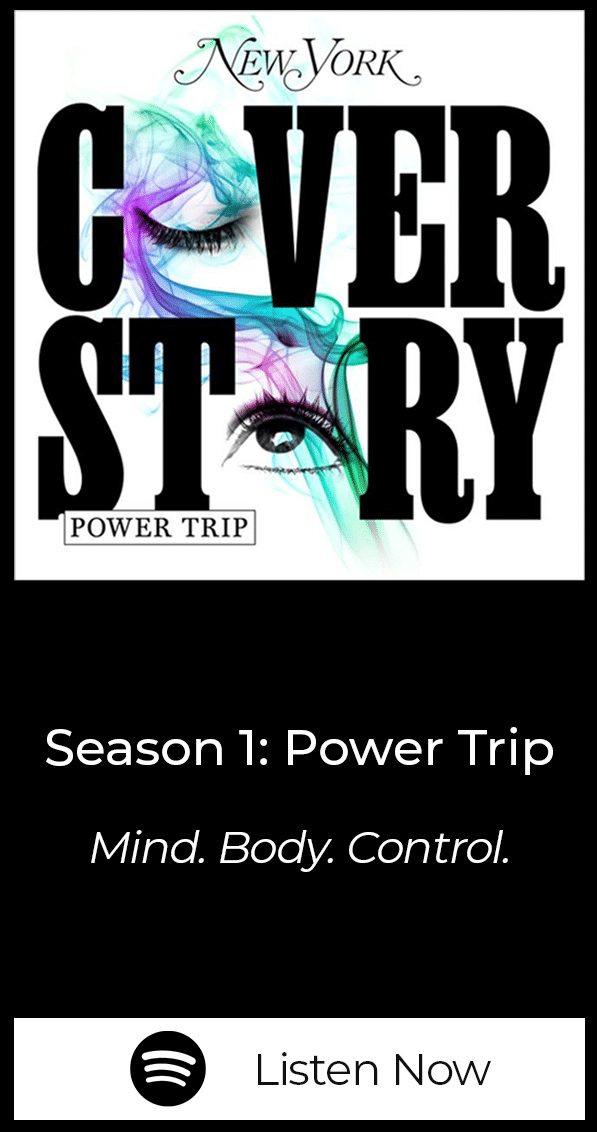Patterning a World of Mushrooms: The Challenges of Co-Production
‘Co-production’ refers to processes in which a range of experts and non-experts are enrolled as researchers and attempt to generate knowledge together.
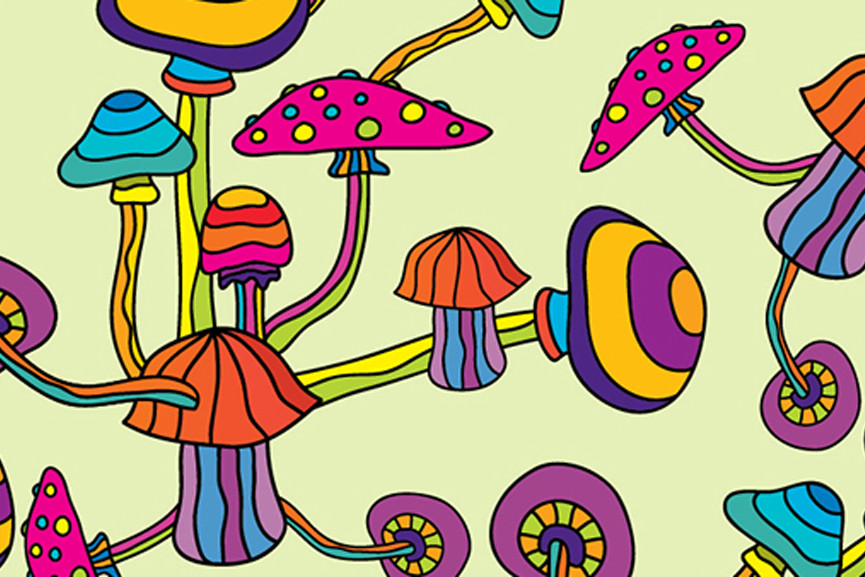
Psymposia is a 501(c)(3) nonprofit research and media organization that offers critical perspectives on drugs, politics, and culture. We rely on contributions from our readers and listeners. Your support is vital to sustaining Psymposia.
Support Psymposia’s independent journalism on Patreon and help us drive the Mystery Machine! We’re a bunch of meddling kids who are unmasking the latest shenanigans on the psychedelics beat.
Co-production refers to processes in which a range of experts and non-experts are enrolled as researchers and attempt to generate knowledge together. Embracing an ethos of co-production requires a fundamental rethinking of the relations between researchers, and the differential capacities within the research team to act and to listen.
Habitual thought patterns need questioning. For one, certain kinds of expertise are more readily recognized than others. For two, certain actors are granted agency more quickly than others.
Ontologies, epistemologies and methodologies of co-production have prompted new attempts at approaching old research questions.
For instance, how can we conduct research in ethical and useful ways that respect the agency of those we study? How can we listen in creative ways to the voices of the disempowered, who are too-often silenced as the putative ‘objects’ of our research? How might we incorporate their own understandings, expertise and modes of representation into new processes of inquiry?
What about where the objects of our research are not even humans, but a host of non-human entities – whether objects, animals, plants or gods? What is capable of having a ‘voice’ in the first place?
It might not be surprising to note the roles of psychedelic mushrooms as ‘teachers’ and ‘tools’ for accessing a world beyond standard humanist framings and prerogatives – a world full of non-human agencies. Plants contain 90 percent of the biomass of the planet, while fungi pre-date plants, appearing over 100 million years beforehand – the first to lay claim to the land.
The world’s biggest organism is a honey fungus in Oregon, USA, spread across nearly four square miles and estimated at over eight thousand years old.
Meshwork of fungal networks hold soil and subterraneously connect tree and plant species, drawing nutrients from them while transferring nutrients between them, acting as the immune system and underground recycler of the Earth’s body. Upwards of 90% of all plants have mycorrhizal associations. It begins to sound absurd that we ever presumed that they belong to our world.
Mushrooms have enweaved the rest of us humans and non-humans into their webs of life. To them we are perhaps more than a little clueless, oblivious to their stroboscopic appearances, haunted and inspired by their absent presences across the seasons, subject to their mind-bending and body-altering effects. It’s not just us either.
The thousands of types of cordyceps mushrooms target one species each, using the bodies of host insects to feed and spread. One variety drops its spores onto Bullet ants (Paraponera clavata). Upon landing on the ant’s body, a spore will infect it, causing the ant to deliriously travel upwards, as far as it is able. For many ants this means to the top of the anthill. Worker ants learn to recognize such delirium, pick up infected ants and carry them far away from the colony. But those infected ants that make it, unobstructed, to the top of the anthill threaten to wipe out all the rest: once sufficiently burrowed, the fungus will grow out of its victim’s head and drop its deadly spores all over the anthill, killing the whole colony. 1
So much for the Bullet ants – what of us?
How do mushrooms alter our mindscapes and pattern our practices? Certain varieties of mushrooms that produce powerful effects upon humans are variously termed psychedelic, psychotomimetic, hallucinogenic and entheogenic.
Speculating into the deeper history of humans, ethnomycologist R. Gordon Wasson’s early investigations placed psychedelic mushroom-facilitated experiences at the origin of religion and notions of the supernatural.
More recently, esoteric philosopher Terence McKenna suggested in his ‘Stoned Ape’ theory that the visual-auditory synesthesia (mixing of the senses) produced by psychedelic mushrooms is responsible for the invention of language, when primates descended from the trees onto the mushroom-laden plains and discovered the capacity to elicit images through vocal sounds. These wonderful theories continue to inspire and conspire.
Today, mycologist Paul Stamets suggests that there might be as many as one hundred different species of mushrooms that are psychoactive for humans, mostly in the genus Psilocybe.
Yet quite unattuned to their vital flows, we remain ill-equipped to regulate their presence.
Areas filled with psychedelic mushroom spores are inadvertently logged for their timber, the trees are skinned and the bark is turned into woodchip and mixed into much larger batches used in landscaping services. In this way, Psilocybe baeocystis came to carpet the outdoor spaces of university campus grounds, police stations and courthouses in downtown Vancouver for several years in the early 1970s. The mushrooms sprung up across these institutions of discipline and regulation, to the consternation and sometimes great joy of unsuspecting passersby.
Psychedelic mushrooms induce a kind of toxic fever that Western psychopharmacology understands little of. The experiences of the bemushroomed brim with spirits, deities, demons and aliens, an entire cast of non-human and non-living figures and encounters. The fever produces clarity and insight, animates consciousness, dilates time and enchants our fields of awareness, even as it drains us.
Studies during the recent ‘second wave’ of research are mostly designed to explore the psychotherapeutic potential of the psilocybin that the mushrooms contain, for treating the deep distress found in end-of-life anxiety, depression, addiction and traumatic shock.
Across the research studies, a common definition of their action upon experience has been as ‘non-specific amplifiers of awareness’.2 This implies that psychedelic mushrooms have somewhat ghostly powers, themselves invisible while catalyzing our awareness of the spaces we consume them in, the mindsets we carry with us, and the cultural, historical and geographical conditions we inhabit while bemushroomed.
Where for other psychoactive substances, scientific research holds situational, cultural and personal factors still to isolate on the effects of the drug, psychedelics are singular in ways betrayed by their name – psyche for mind and delic for manifesting.
Those taking psychedelic mushrooms in clinical contexts rarely report learning something totally new, but rather realizing once again, or more deeply, something that they already knew.
Suddenly the encounter with the non-human becomes again all-too-human, as we never quite meet entities that are not of our own making. It suggests the spirits, deities, demons and aliens of our trips were there all along, and we were not quite receptive enough to identify their presences. Psychedelic mushrooms acting as just so many more-than-human mirrors. Deep down, did those bullet ants yearn to get high?
Psychedelic mushrooms pattern human lives in other ways than simply our experiences of consuming them. Foragers learn a craft of searching out not the mushrooms themselves, but the kinds of spaces where mushrooms would want to grow: follow the water trails; notice the hill angles and the seasonally-changing arcs of the sun; remember the previous year’s spread. Pay attention to the world as a psychedelic mushroom would, and you’re far more likely to cross paths. Meanwhile when we try to cultivate them in laboratories, we do so by recreating conditions of the forest.
And in becoming aware of our mindsets, and social and geographic settings, we shape our encounters with the mushrooms through preparing ourselves and our spaces in ways that optimize safe, productive experiences.
Whether in clinical research, underground psychonautic use 3 or traditional healing and visioning ceremonies, rituals provide powerful containers for psychedelic experiences. The naïve question of whether rituals ‘actually’ work or whether they are ‘just’ producing a kind of grand placebo response only serves to erode their power.
The current clinical research practice involving psilocybin has been one of borrowing and inventing rituals, refining whatever works.
At its core, the psychedelic experience demands a time commitment and protection from interruption, in a safe and comfortable space. In itself, this excludes so many from access to it, given so many busy, over-demanding lives.
For psychonauts, spaces for eating psychedelic mushrooms are cleaned, cleared and organized, special objects charged with promise and potential are gathered, and people often lie or sit in sharing circles. Guides for underground use suggest that trust between people should be renewed, and any interpersonal tensions relieved so that they cannot fester during trips.
In university research, individuals spend many hours getting to know their study guides and environments, before taking psilocybin capsules in specially designed ‘living room-type spaces’. In some traditional healing ceremonies those seeking help gather around a candle while spirits are invoked through song and chanting. In all cases, preparation involves clarifying intentions and questions in ways that are themselves invested with meaning and connection. And integrating the psychedelic experiences is a crucial part of drawing on their value, done through so many practices of expression and sharing. 4
And so, psychedelic mushrooms enroll us into making spaces and mindsets capable of benefiting from their use. Much as Michael Pollan has documented with corn, apples, tulips and marijuana, in ways highly sensitized to the experiences they facilitate, psychedelic mushrooms insist on patterning our use of them. 5
However these patterns are not simple, for there are breaks in the intimacy of our connections with the mushrooms. Their consumption is illegal across most of the world, leading legal systems to stumble in this latest round of scientific research, as entire university buildings are restructured with heightened security access and procedures for storing psychedelic compounds securely and accountably, in safes that are weighed daily to record alterations in their contents.
The little scientific research that is being done on mushrooms’ psychedelic properties focuses on their most psychoactive compounds – drawing them out, making them the object of science’s affections. This compromises the ecological validity of scientific research, as research is no longer directed at understanding the effects of the whole mushroom. Industries of manufacture and distribution grow around synthetic variants and isolated compounds, failing to grasp the lesson that the compounds were found in a shared ecology that birthed our species and has much left to teach us about our well-being and mortality.
Western researchers, intellectuals and psychonauts since the 1950s, and non-Western traditions extending back beyond written record, have suggested that the seeds of individual and collective self-understanding and self-transformation lie in psychedelic experiences. If this continues to ring true, as we renew and deepen our encounters with psychedelic mushrooms, the careful creating of social and physical spaces for their use must be seen as a crucial step in our revolutionary capacities to imagine and be differently.
Only this time, we might recognize that these capacities will be co-produced, evidenced in the many practices we have built to service our encounters with psychedelic mushrooms.
Hey! Before you go… Psymposia is a 501(c)(3) non-profit media organization that offers critical perspectives on drugs, politics, and culture. We strive to ask challenging questions, and we’re committed to independent reporting, critical analysis, and holding those who wield power accountable.
Our perspectives are informed by critical analysis of the systemic crises of capitalism that have directly contributed to the unmitigated growth of addiction, depression, suicide, and the unraveling of our social relations. The same economic elite and powerful corporate interests who have profited from causing these problems are now proposing “solutions”—solutions which both line their pockets and mask the necessity of structural change.
In order for us to keep unpacking these issues and informing our audience, we need your continuing support. You can sustain Psymposia by becoming a supporter for as little as $2 a month.
Tehseen Noorani
Tehseen Noorani, PhD is a Marie Curie and Durham University COFUND Junior Research Fellow. His research investigates the social, political and epistemic potential of trauma, illness and drugs in producing 'limit-experiences'. From 2013-2015 Tehseen was a NIDA-funded postdoctoral research fellow on at Johns Hopkins University, where he led qualitative research for a pharmacology team researching psychedelic experiences. He is currently conducting a comparative ethnography of psychedelics use, and has taught at New York University and the University of East London.
